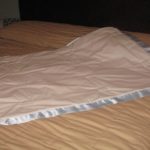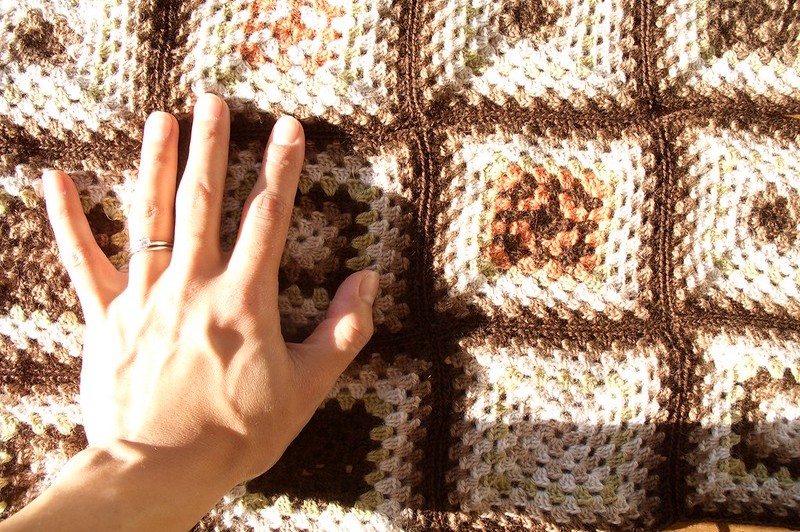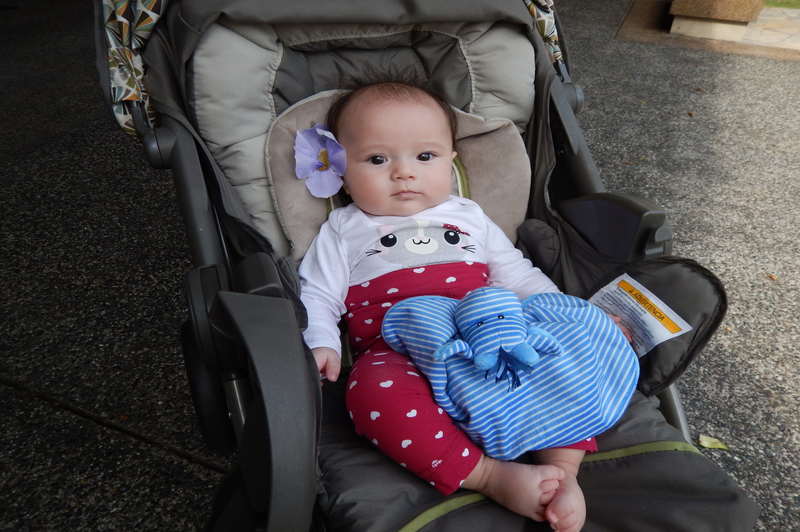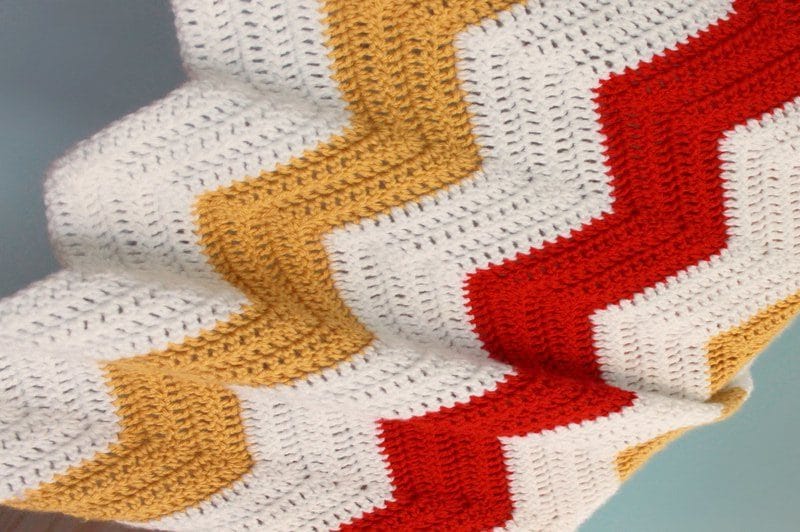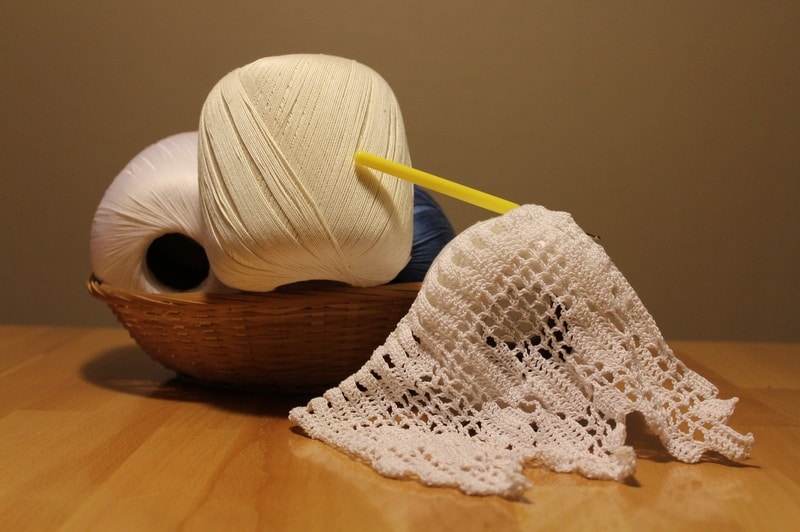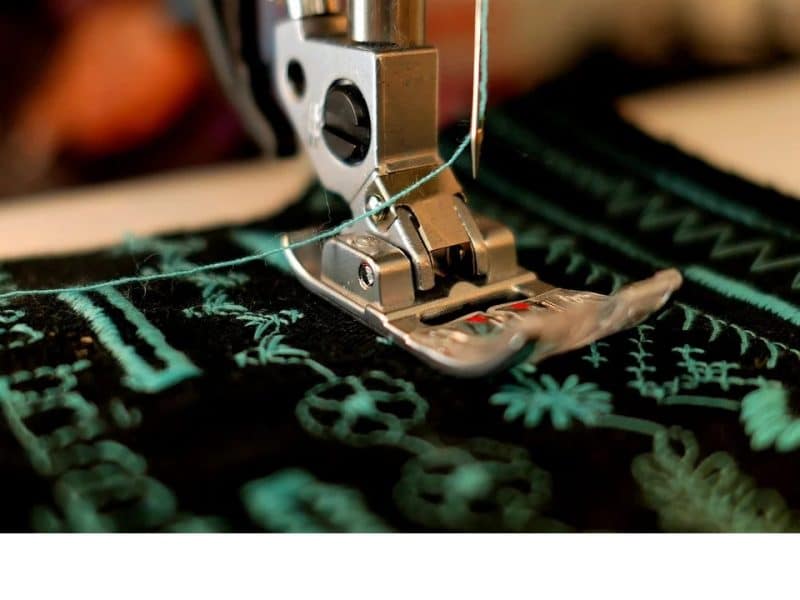Do you want to do something more productive during quarantine? Learning how to sew blanket binding on fleece can be a great way to make the most out of your time at home in the UK.

You can do this by sewing fabric trims on the edges of the fleece! It’s quick and easy to make, and it can also be a great personalized gift for your loved ones.
You are free to customize the colour scheme and match it to your style and aesthetic in less than an hour.
Read along as we present you with a step-by-step tutorial on how to do a blanket binding on fleece.
How To Sew Blanket Binding On Fleece: Easy Tutorial
Step#1. Prepare all necessary supplies
Before anything else, prepare all your needed materials first. You should also prepare the fleece by washing and drying it according to the instruction label.
The length will depend on how long or extensive you want your blanket to be, and the following are the supplies that you will need:
- Fleece fabric
- Blanket binding
- Sewing machine
- Thread
- Pins
You can buy a blanket binding at any craft or fabric store. However, if it’s not available, you can use a 2-inch satin ribbon as an alternative.
Step#2. Trim, iron, and pin the fabric
If the fabric not cut evenly, take your time to even the corners as much as possible to the shape you’re looking for.
The next thing you’ll want to do is to iron the fabric to avoid wrinkles in your blanket. However, iron the material as stated by the care label.
Be careful on ironing fleece as it is fragile to heat. Ensure the heat settings set to the lowest, and it should not be in the same spot for a long time.
If you have 100% polyester fleece, check these tips on straightening wrinkles in the fabric.
Next, position the blanket binding on each side of the fabric. When you’re pleased with the position of your binding, pin to secure them in place.
Step#3. Start sewing
Get your sewing machine out because the next step is the fun part, sewing!
Although you probably can make a blanket binding on fleece by hand, it will take ages. Set your machine into a 5 millimetre wide on zigzag stitching.
You also have to ensure that your machine can endure heavyweight fabric because this may have thick layers. Sew your blanket for about half an inch from the inner border of the binding.
Doing this will ensure that you are sewing both sides of the blanket.
When coming into a corner, sew half an inch past the following side while ensuring the needle is still down to the fleece. Do this until your needle is facing the right direction.
Step#4. Make a mitred fold
Doing a mitred fold for all corners of your blanket is a neat way to ensure that there’s no bulk in those areas when turned over for finishing touches.
When you’re coming up to a corner, stop sewing and leave the needle down in the fabric.
At the corner, open the binding and fold it back over the edge of the following side. Secure your fold in place by putting pins. After these, get back into stitching again.
Doing a mitred fold will make sure the bindings in the corners will not get untucked.
Step#5. Finish the rest
Congratulations! You’re now near finishing your new personalized blanket—just a few more stitching, and you done.
Finish sewing by going over the corners and stitch them down again if you think they are too puffy or not secured. Check if you need to add more pieces of binding.
However, if the binding is enough, finish up your seaming, then cut excess fabric and threads.
What Is Blanket Binding?
Blanket binding is the sewing process wherein you “bind” a piece of fabric to your quilt’s edges. You can use any fabric you like, such as satin or fleece.
It will be up to you what type of blanket you want to snuggle up with.
There are two approaches for binding. The first one is the single-fold binding appropriate for smaller projects such as baby blankets, rugs, or mini quilts.
The next one is the double-fold binding designed for things that you would be using every day. It features two layers of fabric, which means two times the protection to withstand wear and tear.
Conclusion
Due to the implementation of social distancing caused by the COVID-19 pandemic, we forced to stay home in the UK. Some studies suggest that staying at home in the UK harms a person’s mental health.
However, this fades away as soon as you involve yourself and adjust to your new routine!
Now that you know how to sew blanket binding on fleece, you can stay at home in the United Kingdom and be productive at the same time.
This activity can serve as a creative outlet which will be great for the mind. Just follow the steps above and start your sewing project today!


